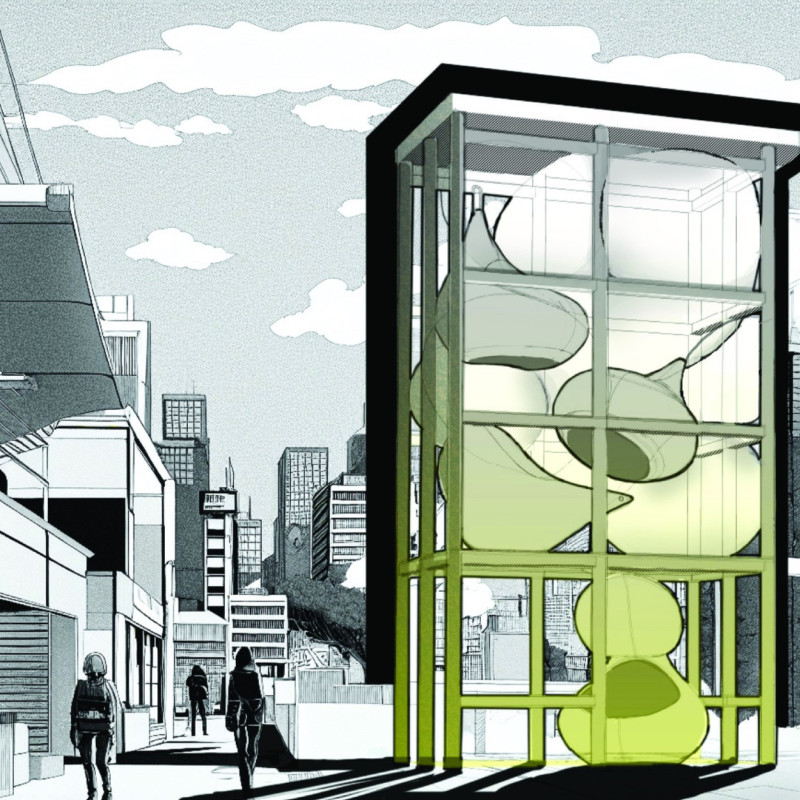5 key facts about this project
In the busy city of Tokyo, the Temporary Meditation Community aims to offer a peaceful space for people looking to escape the stress of urban life. The project focuses on creating an environment where individuals can practice mindfulness and meditation. This concept involves four meditation cabins located within a sturdy steel frame, wrapped in large translucent balloons. Together, these elements form a unique structure designed to support personal reflection and calmness.
Design Concept
The design positions tranquility against the energy of Tokyo’s bustling environment. It provides essential spots for meditation, allowing users to step away from the noise and activity around them. The cabins are deliberately arranged to provide privacy while ensuring easy access for users. Each cabin is constructed to reduce outside sounds, creating a quiet space where meditation can take place. This focus on individual well-being highlights current trends in recognizing the value of mental health in city living.
Structural Elements
A robust steel frame provides the necessary support and stability for the structure, crucial for installations in high-density areas. This framework allows for a flexible arrangement that can adapt to different settings. The surrounding translucent balloons add a visual softness to the design, letting natural light enter while creating a barrier from the outside world. This material choice is important for fostering a serene atmosphere that enhances the meditation experience.
Functional Versatility
The design is not limited to just offering quiet spaces for meditation. The cabins can easily be transported and set up in various locations. This feature makes them usable in different contexts, such as providing temporary shelter during emergencies. The ability to serve multiple purposes reflects a practical approach to urban architecture.
Thoughtful design details contribute to the overall experience of the meditation cabins. Interiors are designed to promote comfort and concentration, ensuring an environment conducive to relaxation. Users are encouraged to step into their own space and focus on mindfulness, benefiting from a well-considered blend of architecture and psychological health.























